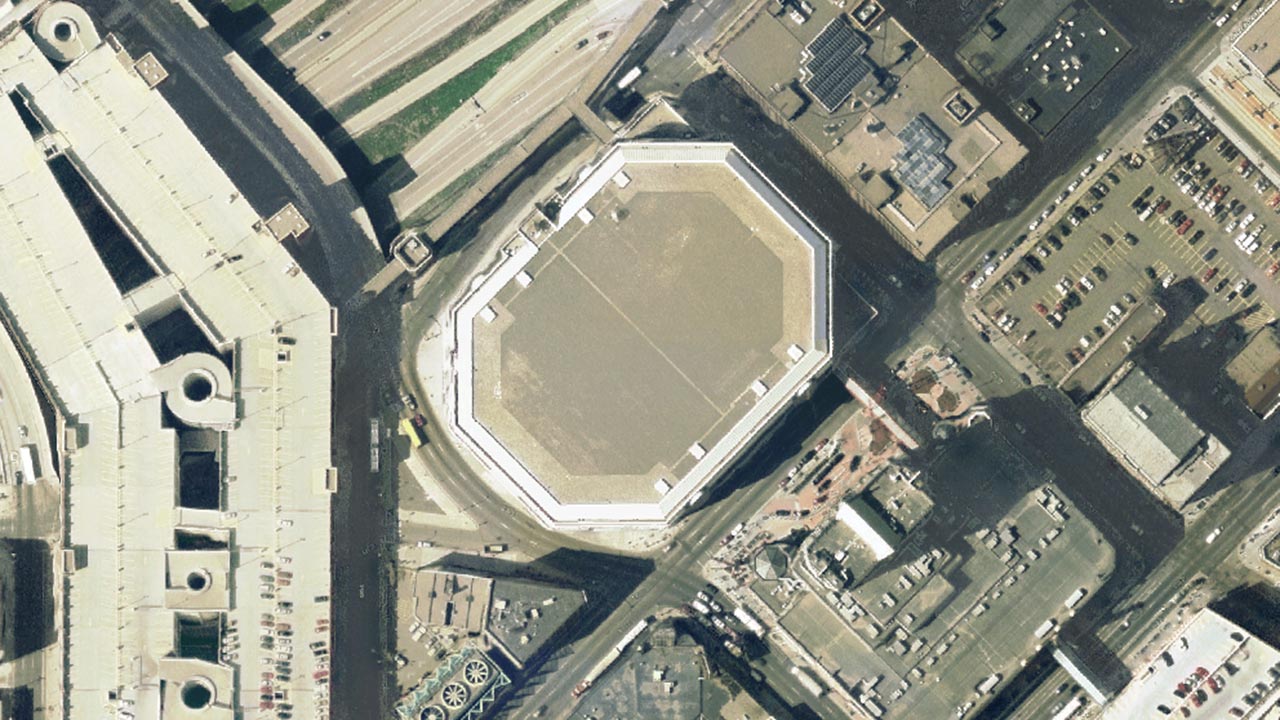
The integration of satellite technology into military operations has revolutionized precision bombing, enhancing accuracy and reducing collateral damage. As nations invest in space-based intelligence, understanding the mechanisms behind satellite targeting becomes crucial. This exploration of how orbital technology facilitates precision strikes reveals significant strategic implications for modern warfare.
The Role of Satellites in Modern Warfare
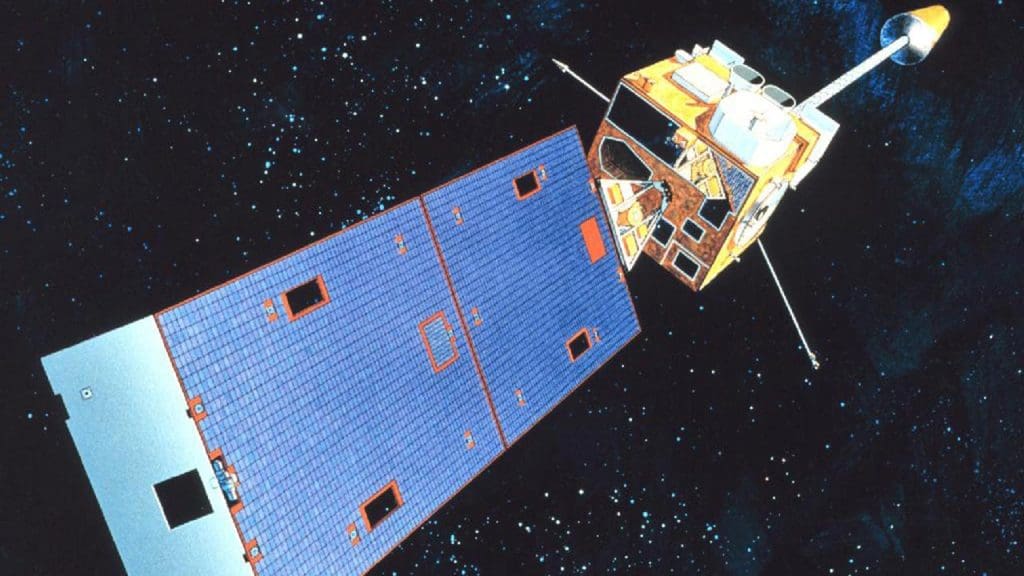
From its early days as a tool for reconnaissance, satellite technology has evolved into a cornerstone of precision targeting. Initial satellite use focused on gathering imagery and intelligence, but technological advancements have expanded their role significantly. Today, satellites are indispensable in guiding precision munitions, thanks to developments in navigation and communication technologies.
The strategic importance of satellites in military operations cannot be overstated. As highlighted in modern military strategies, nations are increasingly dependent on these technologies for successful missions. Case studies, such as those conducted in recent conflicts, demonstrate the effectiveness of satellite-enabled precision strikes in achieving military objectives while minimizing collateral damage.
Technological Components of Satellite Targeting
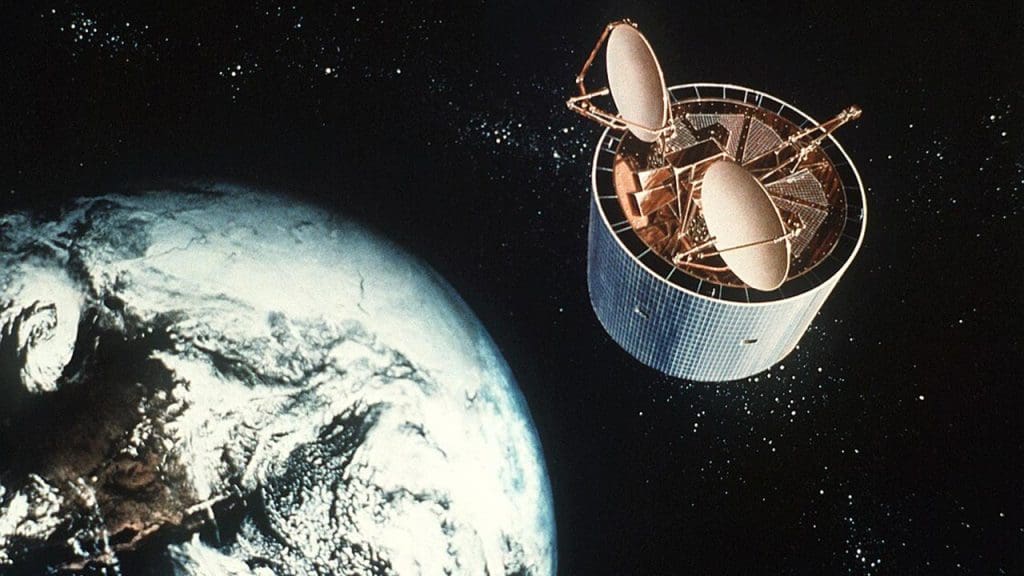
At the heart of precision bombing lies the Global Positioning System (GPS), a critical component in guiding weapons to their targets. These systems ensure that munitions can be delivered with pinpoint accuracy, significantly enhancing the efficacy of military strikes. Advancements in navigation technology continue to improve the precision and reliability of these systems, making them indispensable in contemporary warfare.
Real-time data transmission further enhances the decision-making capabilities of military operations. By utilizing secure communication channels, military personnel can receive instantaneous updates and targeting data, which is crucial for the success of precision strikes. This capability not only improves responsiveness but also ensures that missions can be adapted to dynamic battlefield conditions.
Challenges and Limitations of Satellite Targeting
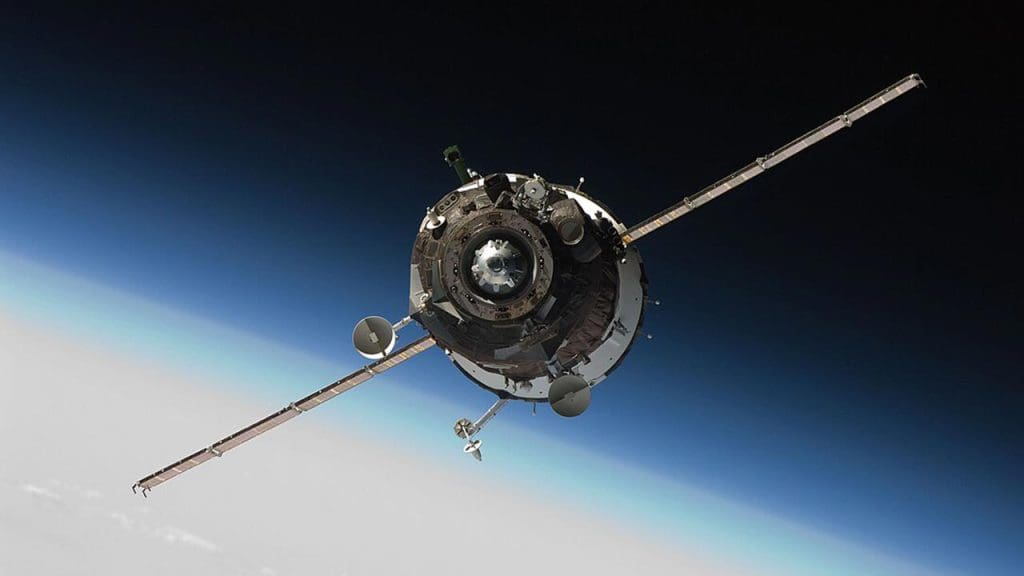
Despite their advantages, military satellites face significant threats, particularly from anti-satellite weapons. These technologies pose a significant risk, as they have the potential to disable or destroy critical satellite infrastructure, undermining military operations. To counter these threats, military strategies now include measures to protect and secure satellite assets from interference or destruction.
Another challenge is the increasing congestion in Earth’s orbit, which impacts military satellite operations. As highlighted in the discussion of space traffic, managing the crowded orbital paths is becoming increasingly complex. This congestion can affect the reliability and accuracy of satellite-based targeting systems, making efficient traffic management crucial for future operations.
Ethical and Strategic Considerations

The use of satellite technology in precision bombing raises important ethical questions, particularly concerning the minimization of collateral damage. The moral imperative to avoid unintended casualties is a driving force behind the development of precision targeting technologies. Balancing military objectives with humanitarian concerns remains a critical aspect of modern warfare strategies.
Looking ahead, the potential for increased militarization of space presents both opportunities and challenges. As nations continue to develop space-based capabilities, strategic foresight and planning are essential to ensure that these advancements contribute positively to global security. Future technological developments are likely to further expand the capabilities of satellite targeting systems, necessitating careful consideration of their implications.
International Regulations and Cooperation
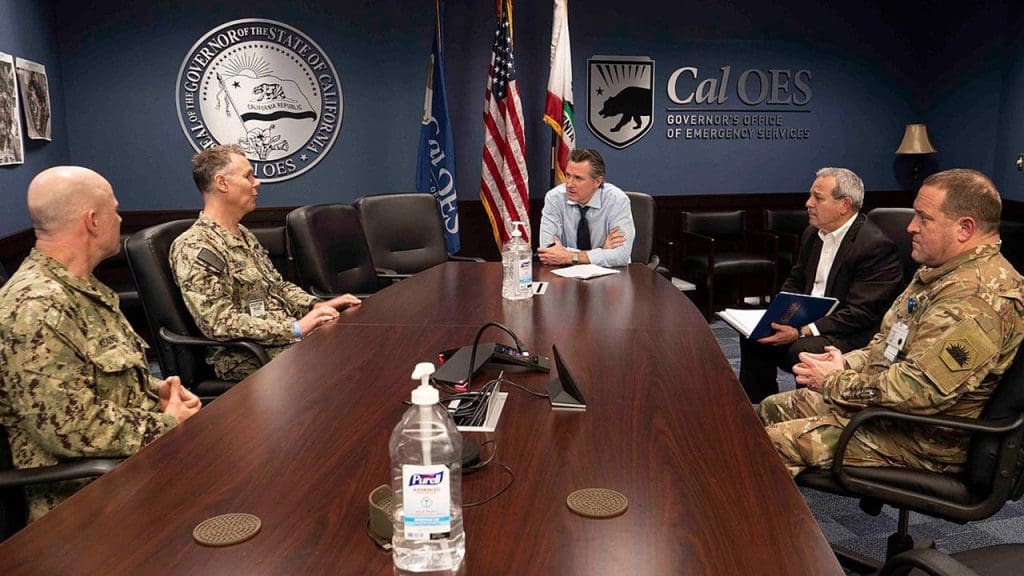
International treaties play a crucial role in regulating the use of space for military purposes. Existing agreements aim to govern military activities in space, but enforcing these treaties presents significant challenges, especially as the reliance on satellites grows. As nations navigate these complexities, the importance of maintaining open communication and cooperation becomes increasingly apparent.
Opportunities for international collaboration in satellite technology development are abundant. Successful examples of multinational space operations demonstrate the potential benefits of working together to enhance global security. By fostering cooperation, nations can ensure that space remains a domain of peace and strategic stability.